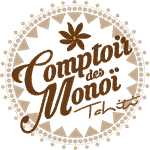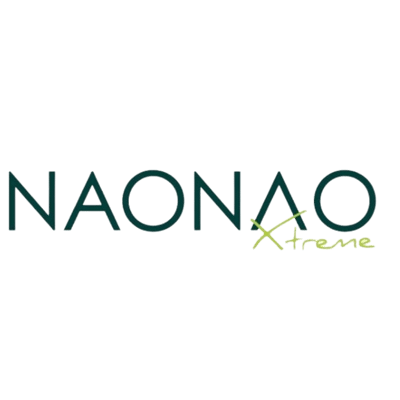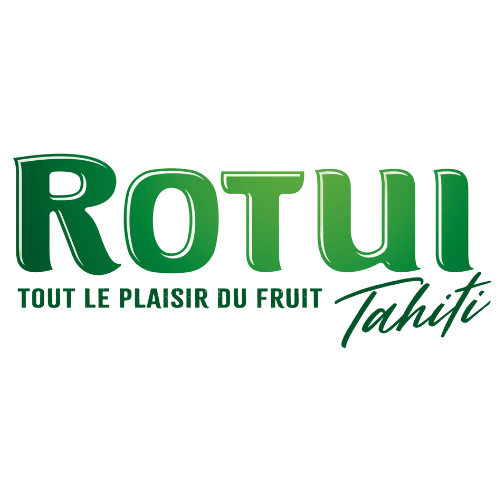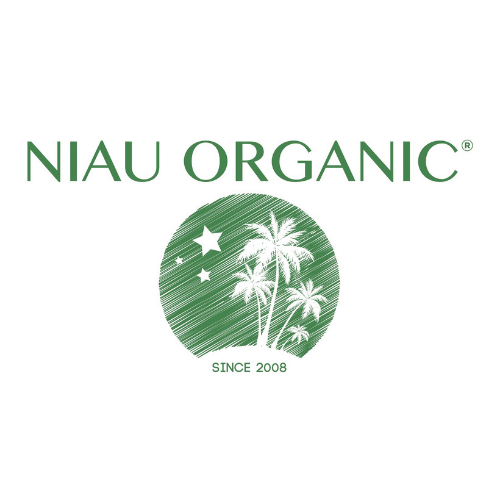
| Hibiscus | |
|
Native from Asia, the Hibiscus was subsequently introduced in the tropics, more particularly in Polynesia in 1845 by Dr. Johnstone, where there are now many species, locally known as «Aute”. Very decorative thanks to the beautiful scarlet flowers they produce all year long, Hibiscus were frequently used as flowery hedges in the paths leading to the gaps between the valleys. Ephemeral beauty as they only last one day, flowers are worn as ornaments behind the ear or stung in the hair, and they are also used for festive decorations. |
Beyond its ornamental uses, buds and young leaves are also used in traditional medicine, mainly for their soothing and antispasmodic properties and their lack of toxicity. Flowers, meanwhile, are rich in mucilage and thus have emollient and soothing properties to relieve internal and external inflammatory conditions. The petals were also used to make a black dye used as a cosmetic to darken the eyebrows. |
|
USES In Polynesia, the hibiscus is originally an ornamental plant along the roads. Tahitian women wear it stuck in their hair, or as crowns or necklaces. In West Africa, the dried red blossoms are used in infusion to prepare the”bissap” that is drunk fresh and very sweet. This drink is rich in ascorbic acid (hence its sour taste) and is being lent diuretic, sedative, hypotensive and even laxative virtues. In Egypt, it is called “Karkade”, and the hibiscus is used to prepare a tea that is drunk hot and slightly sweet. |
Cosmetic uses The hibiscus has emollient, soothing and softening properties that are very interesting for cosmetic cares. It is found in moisturizing, anti-aging, healthy glow products, in make-ups or to color shampoos, gels, milks, etc... |







